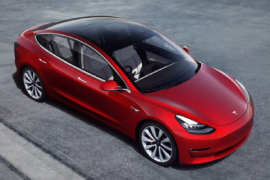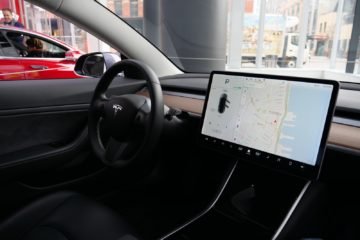So you’ve ordered or already have your sweet Tesla. Then you realise that you need a USB drive solution for it. Maybe you want to store 100 GB of (legal) music on it, maybe you want to use Sentry Mode or the Dashcam features?
Either way you’re going to need a good, proper solution that is not only easy to use, but secure and doesn’t keep crashing or ruining your recorded videos.
What’s It Used For?
While it’s different for the Model S, X or 3, the USB device plugs into one of the USB ports on your Tesla and can be used for many things. Initially it was mainly for playing music files via USB.
Lately though with the introduction of Sentry Mode and Dashcam it now also functions as a place to store the recorded video clips. This takes up considerably more space as they’re video files and there’s usually a lot more of them.
As such there’s certain requirements for the drive as otherwise you’ll start running into problems like video clips not recording properly or weird system errors being reported.
Don’t Use Cheap Drives!
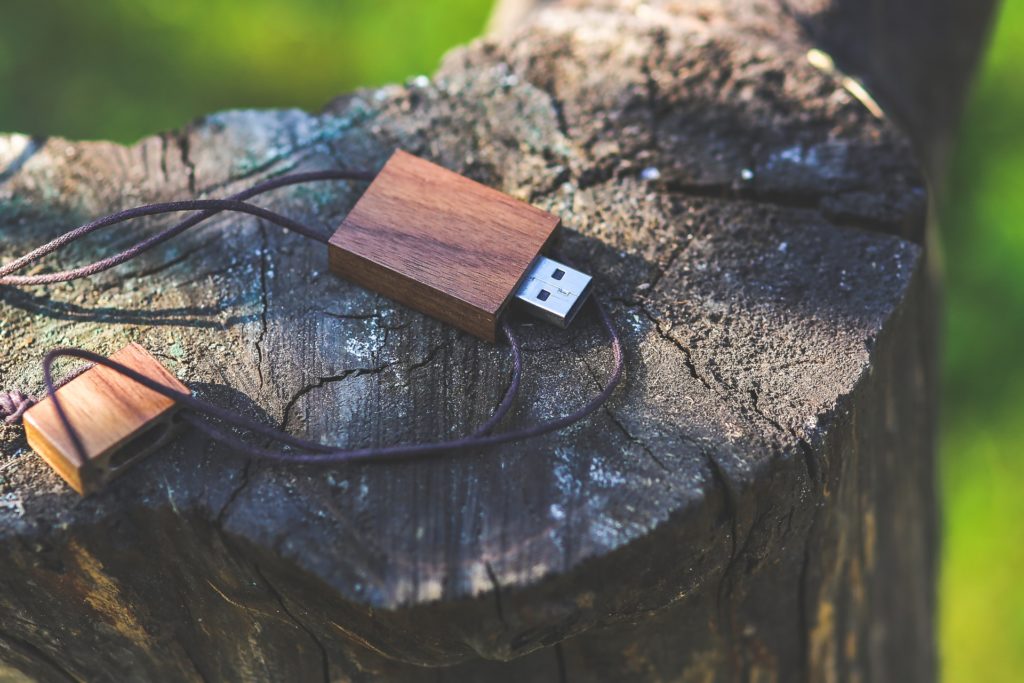
It’s tempting to just go and grab one of those cheap 64 GB USB sticks from Amazon or eBay or where ever. Don’t.
Besides the fact that you might get scammed and receive a 2 GB drive instead of a 64 GB one, the quality won’t be good enough. They might be OK if you’re just playing MP3 music off it, but if you need it to record video files you’re quickly going to kill it due to the constant writing.
This is because if you’re using the Dashcam or Sentry Mode features, you’ll be writing thousands of moderately sized files to it over and over and over again. With all USB drives you have a limited amount of writes that you can do before that section cannot be used ever again. The cheaper the drive, the fewer the number of writes it’s likely to have.
Even more expensive, good quality USB drive brands will still only have a relatively small amount of writes on them (say 10,000 at best) which means that if you park your Tesla in a busy spot with Sentry Mode on most of the time, it might only last 6 months to a year before you start to get write errors and will have to replace it.
Sentry Mode activates basically anytime anyone even walks by or near your vehicle. So at a station car park or side of the road this could be triggered dozens of times a day. As such, if you’re using these features it’s best to get an actual Solid State Drive (SSD) rather than a USB stick.
Why Use SSD’s?
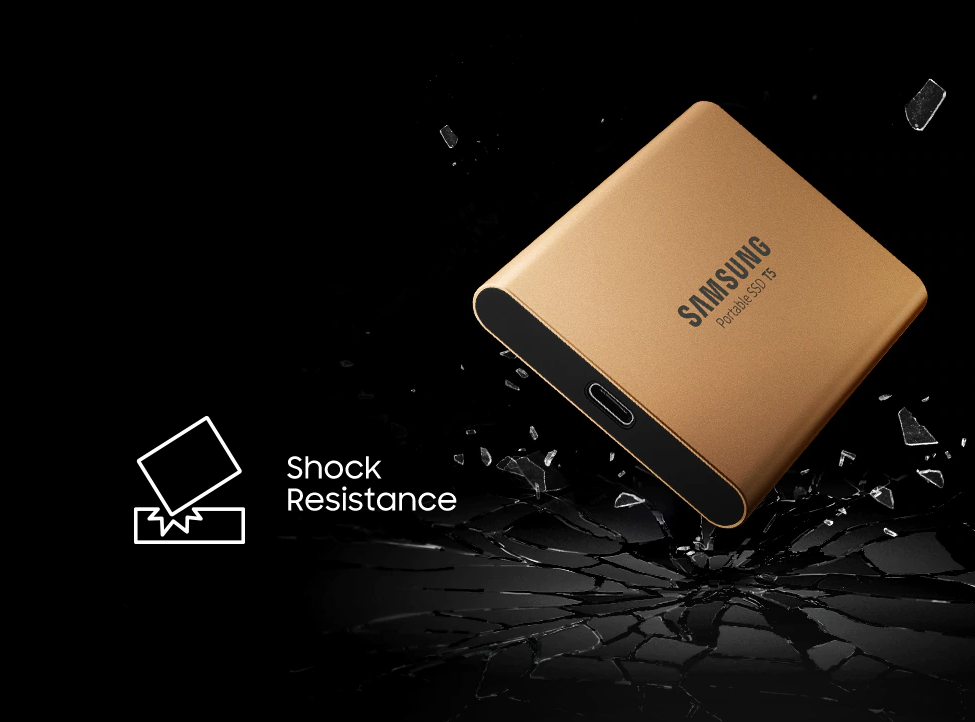
SSD’s might be a bit more expensive but this is because inside them they have specialised controllers which do what’s called wear levelling. This ensures that the writing to the drive gets done evenly all over the NAND flash memory.
As simpler USB sticks don’t have these controller chips on them they don’t write to the drive evenly and thus fail quicker. Another plus for the SSD’s is that they’re cheaper when you’re buying larger sizes.
You can get a huge 500 GB SSD that’s great quality for $150 AUD. Sure it’s a bit more than the $20 off Amazon but you’ll have a drive that not only lasts for much longer but that is much bigger too.
This bigger storage amount comes in very handy too as those aforementioned Sentry Mode and Dashcam files pile up quickly! As such at some point you’re going to have to delete the older ones to make room for the new clips (otherwise it just stops recording).
This isn’t a problem as you just take the drive out, delete the older files and plug it back in. But. This isn’t something you want to have to do every few days! A nice, big SSD will not only mean you won’t have to do this very often, but also allows you to have a much bigger (or better quality) music collection in the car.
If you really want a USB stick drive though first make sure that it will fit in your USB slot and won’t stop you from being able to plug in other cables. After that it’s recommended to get something like the 128 GB SanDisk Extreme Pro or Patriot Supersonic Magnum as these are a decent size and are also quite fast (see section below for more on why that’s needed). For the similar price – with more and faster storage – SSD’s are a bit of a no brainer though I think!
Don’t Get Portable HDD’s!
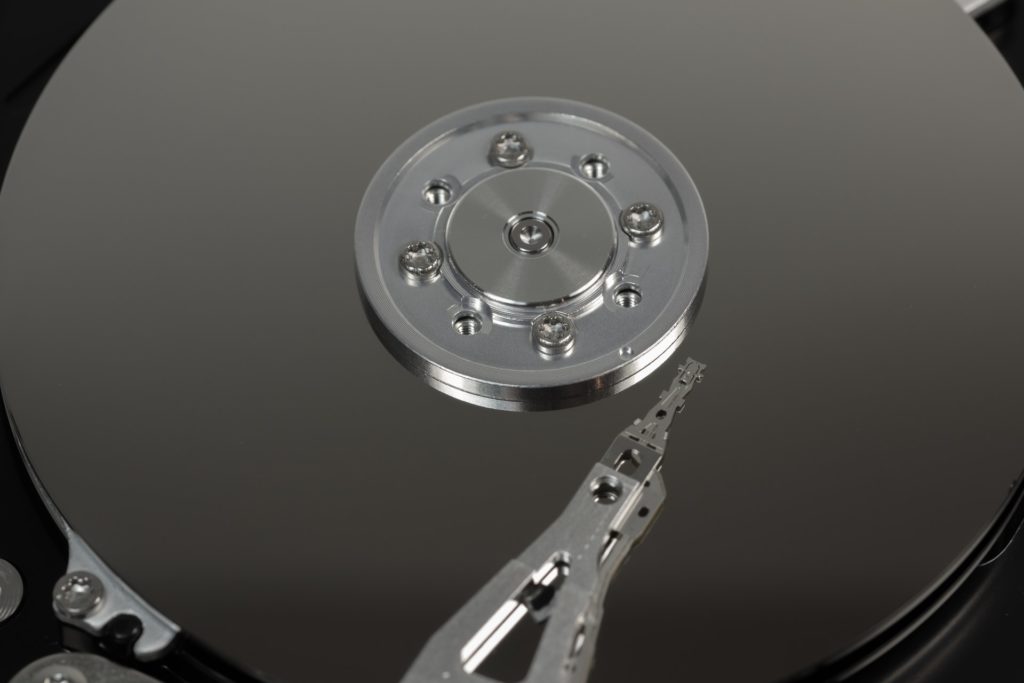
As a small side note, you might be tempted to buy the bigger and cheaper portable HDD’s. These are different to SSD’s as they have a mechanical drive platter in them and a tiny moving mechanical arm that reads this platter.
As you’d expect, these physically moving objects don’t usually do too well in constantly moving, bumping places! Going in and out of drive ways, over speed humps, bumps in the road etc. Your drive is going to be rattling around a decent amount so you do not want a mechanical one.
Otherwise be prepared to start getting corrupted segments as the drive gets bumped which then causes the reading arm to scratch/damage the drive platter.
Even if you’ve got one lying around and you don’t care if it gets killed I’d advise against it as that one time it dies or corrupts a file might just be the one time you have an accident and need those files. Just stick to SSD’s!
Don’t Get A Slow Drive!
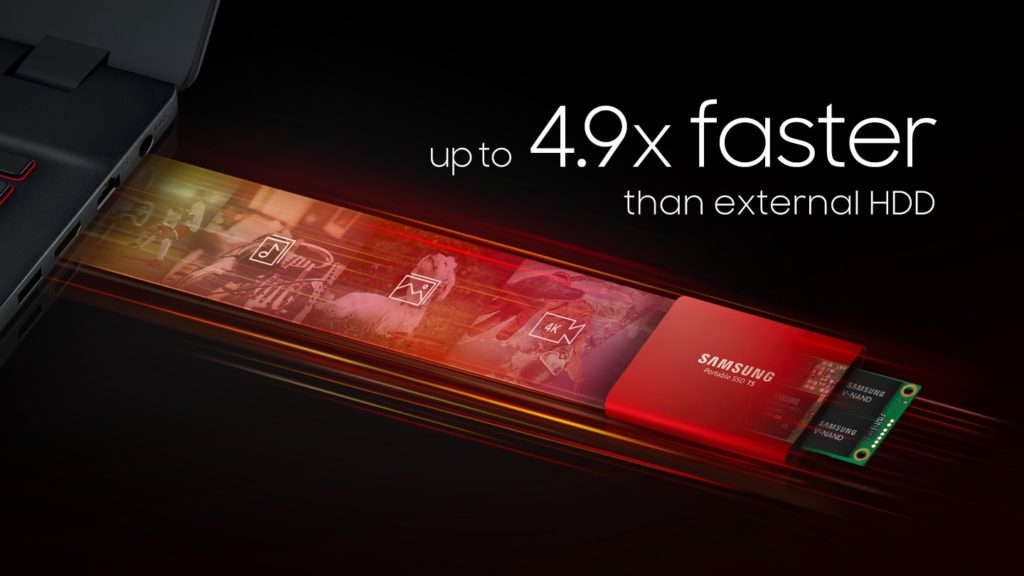
While this will again differ between models, if we use the Model 3 as an example and look at the video file sizes we see that 1 minute of video recording on the front camera is about 30 MB per minute.
The two side cameras take up around 22 MB per minute each and it’s noted that in the soon to be released V10 software it will also be recording the rear camera too. If we assume that’s another 30 MB per minute then all together we get around 100 MB per minute being written.
That’s a sustained write rate of 1.75 MB/s which isn’t exactly blindingly fast, however it’s a sustained write and will be done across 4 different file streams. On top of this we also have the fact that you might be reading music files too.
These might be small MP3’s or huge FLAC lossless files. The drive might need to be indexed sometimes too which is even more read/writes all going on at the same time.
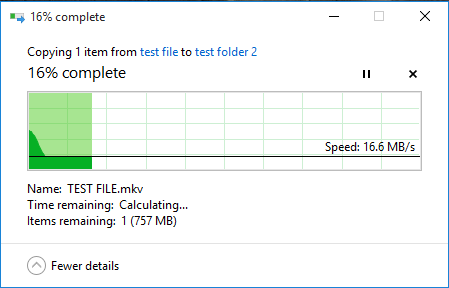
Add to this that many drives have both a peak write rate… and then a prolonged, sustained write rate. This is because they often have a small buffer that’s used during file writes. This small buffer enables super quick writes until it gets full, then the actual drive has to write the data and you see speeds drop dramatically.
As our writing is being done for many, many minutes it’s irrelevant how fast a drive can write data for a few seconds at the beginning. If the drive cannot keep up then you end up getting corrupted or glitched video files being recorded.
The top of it might be chopped off or just blacked out. Either way it’s not what you want to see when you’ve had a break in or accident and are relying on it. Thankfully these slow write speeds aren’t really an issue on SSD’s usually.
The other big difference is when your Tesla has to index your library. The computer will scan every song file to extract the file info. A fast drive means this process will take minutes rather than hours. It’s also great for copying bulk data on/off the drive too.
Ultimate Tesla USB Solution
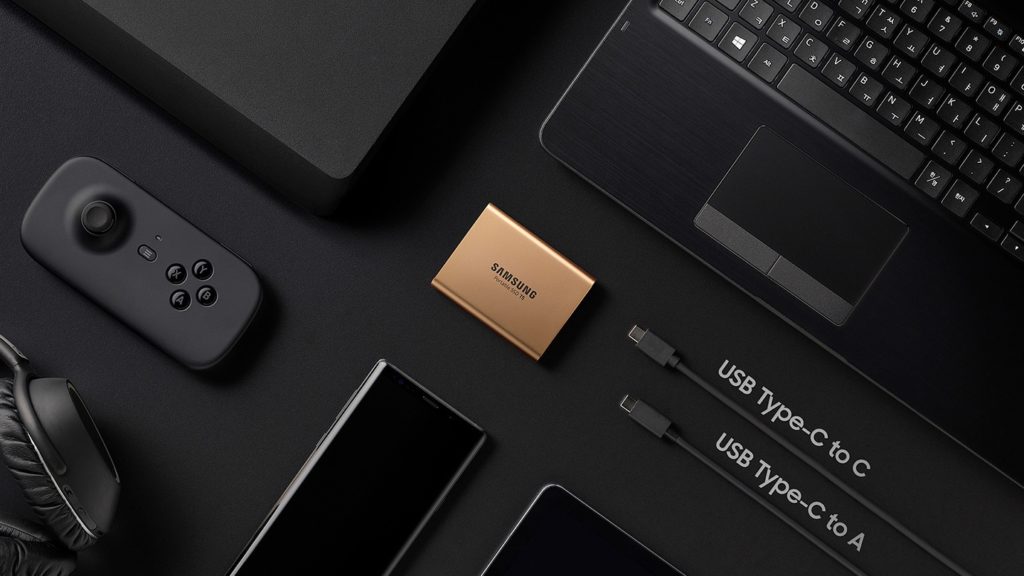
So what is the best solution then if you’re wanting no hassles, no slow indexing of your music and no having to constantly take the drive out every few days to delete files?
The Samsung T5 Portable USB 3.1 SSD.
The drive is super tiny (74 x 57.3 x 10.5 mm and just 51 grams). Super fast (up to 540 MB/sec) and super stylish. Coming in multiple colours from black to red to rose gold it ticks all the boxes. It’s got the proper controllers and wear levelling software to ensure it stays uncorrupted for years.
It doesn’t have any mechanical components so will be fine with the bumps and such while it’s in the car and it’s from a very well known brand. You can also buy them quite cheaply here in Australia and overseas.
The USB 3.1 Gen 2 interface (10 Gbps) also means if you’ve got a compatible port on your PC you’ll be able to use that full 540 MB/sec transfer rate. As a bonus it also uses USB Type-C as everything should.
Connecting It All Up
Once you’ve got your SSD you’ll obviously have to plug it into your car’s USB port. For this you can either just plug it straight into the port or use a USB hub so that you still have the same number of ports for charging your phone etc.
When doing this just be careful not to overload the USB ports as they will only be able to supply a certain amount of power so you can’t be plugging in too many drives and sticks and phones etc.
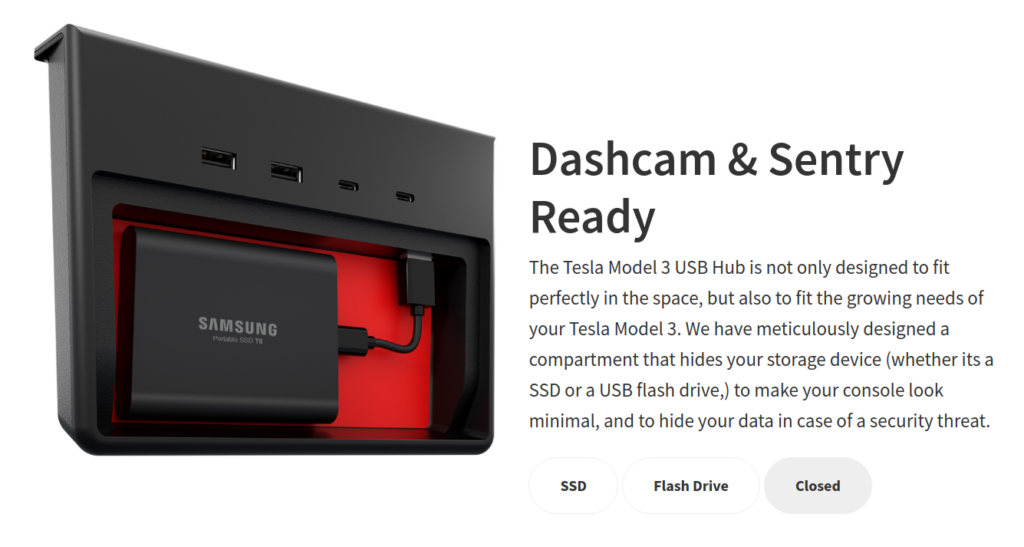
For the Model 3 specifically a company called Jeda has released a custom made Hub exactly for this. It slots into the two front USB ports and not only is a hub providing 2 USB Type-A and 2 USB Type-C ports, but also has a secret hidden area for your flash drive or SSD.
This can take your storage area from looking like this…
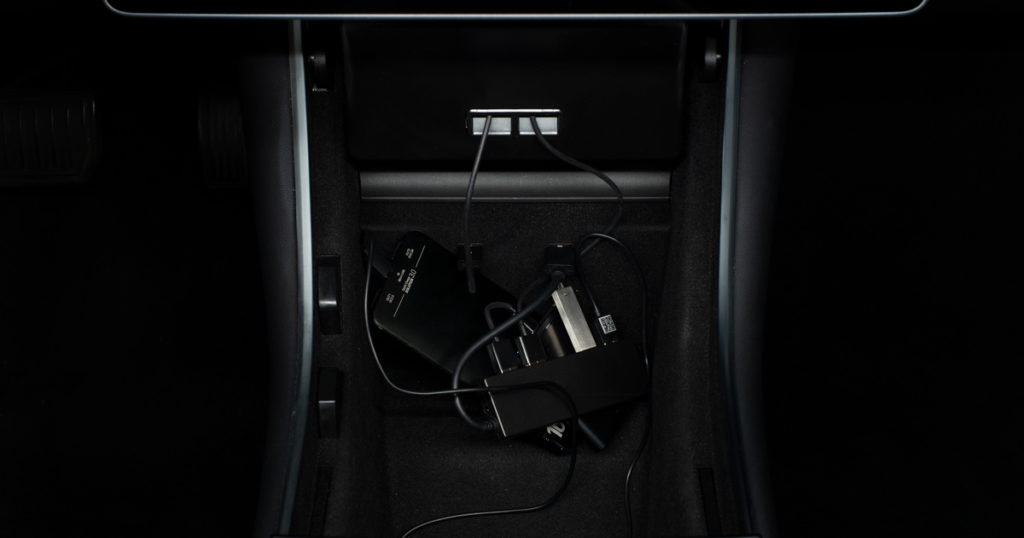
To looking nice and clean like this…
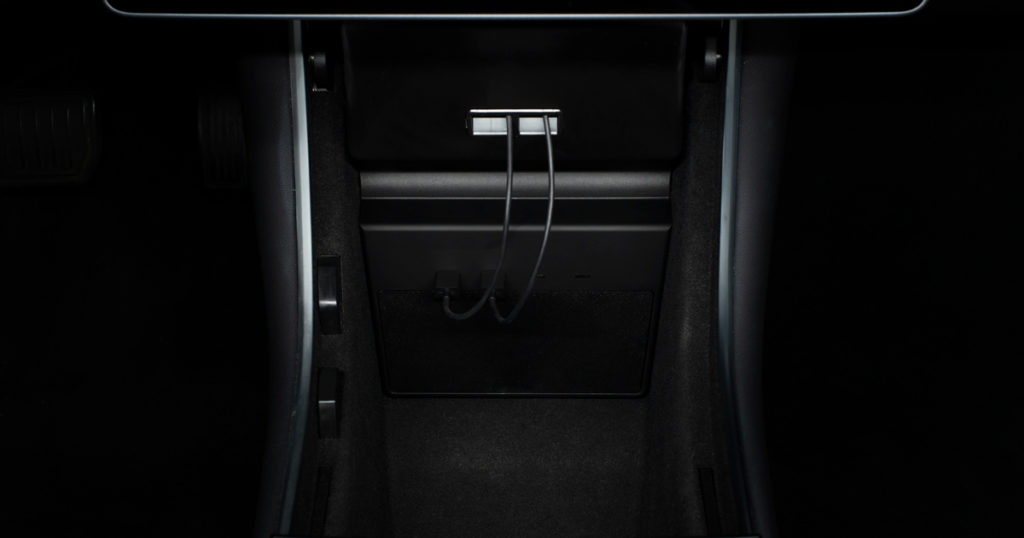
More importantly if your Model 3 does ever get broken into your drive with all the security footage on it is hidden from site. Hopefully the thief won’t steal it and you can recover the video files for the police. You can see our full review of it here.
It is a little bit pricey at $79 USD (plus $28 USD shipping to Australia) but combined with a 500 GB Samsung T5 drive from Kogan (currently the cheapest but it’s also available at JB etc) you’re looking at a total of around about $310 AUD.
Given the Model 3 starts at $70,000+ drive away, what’s an extra $300 to make sure your music experience is great and it’s protected via Sentry Mode and it’s Dashcam features?
The benefits include: 1) How to get those silky smooth videos that everyone loves to watch, even if you're new 2) How to fly your drone, from taking off to the most advanced flight modes 3) Clear outlines of how to fly with step-by-step instructional demonstrations and more 4) Why flying indoors often results in new pilots crashing their drone 5) What other great 3rd party apps are out there to get the most out of your drone 6) A huge mistake many pilots make when storing their drone in the car and how to avoid it 7) How to do all of these things whilst flying safely and within your countries laws.


